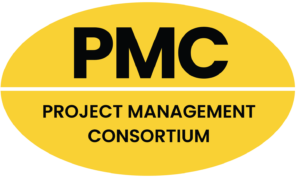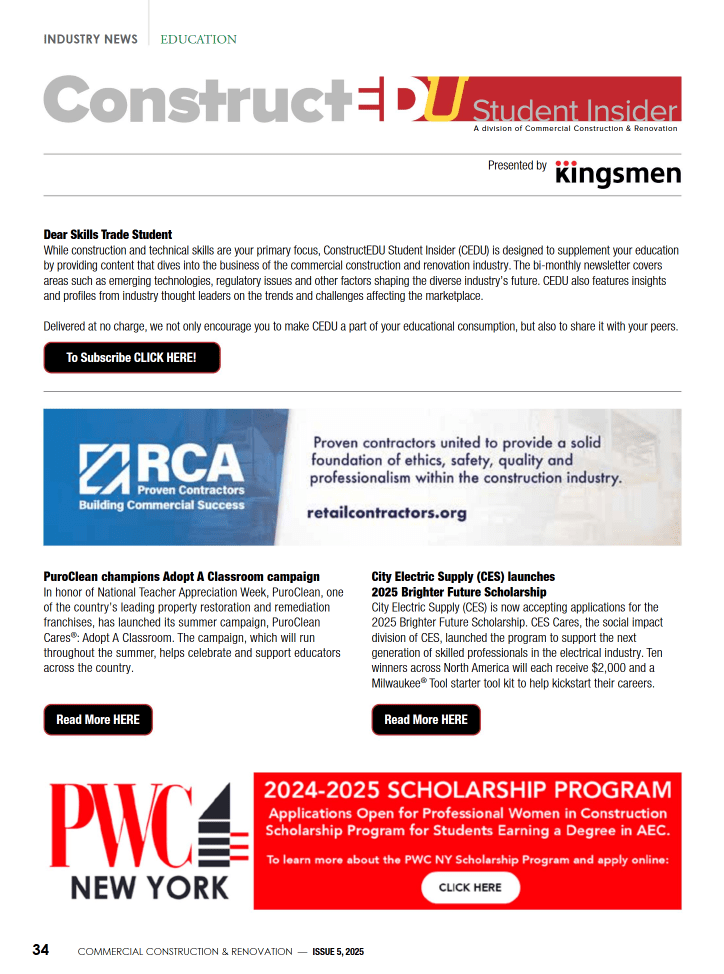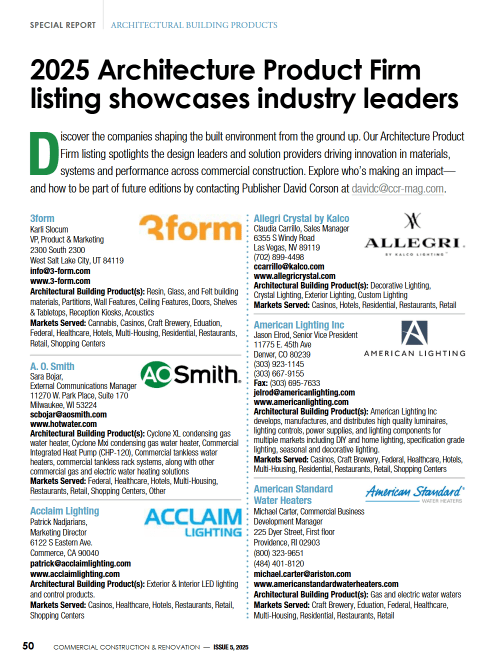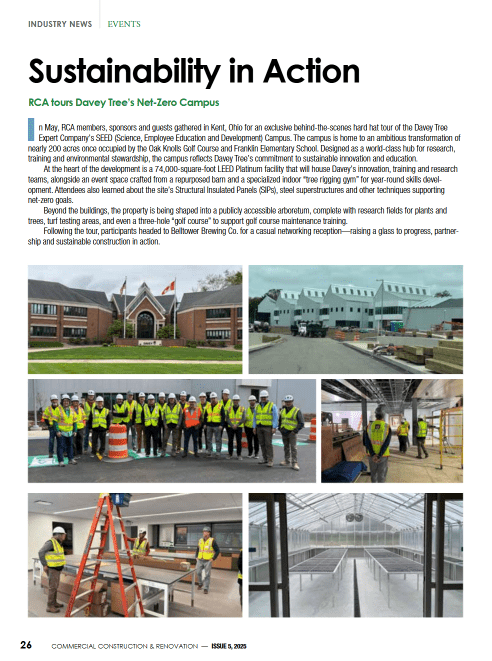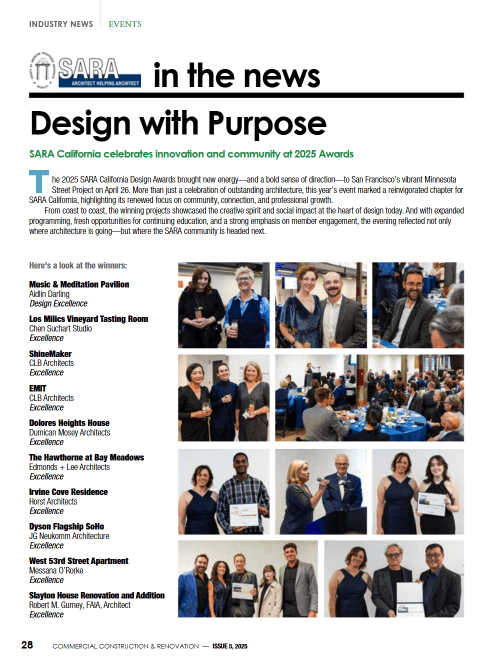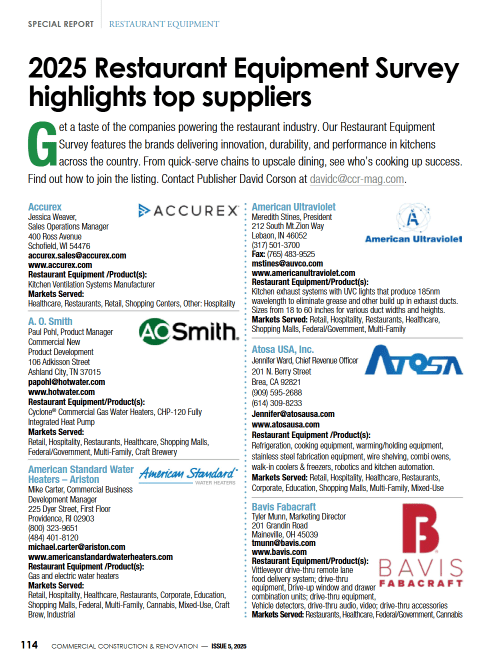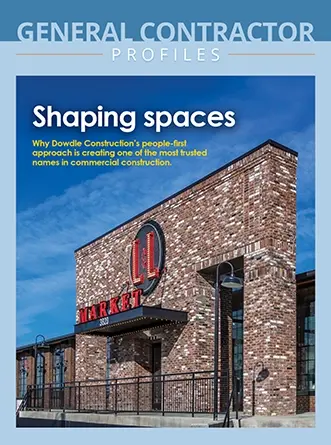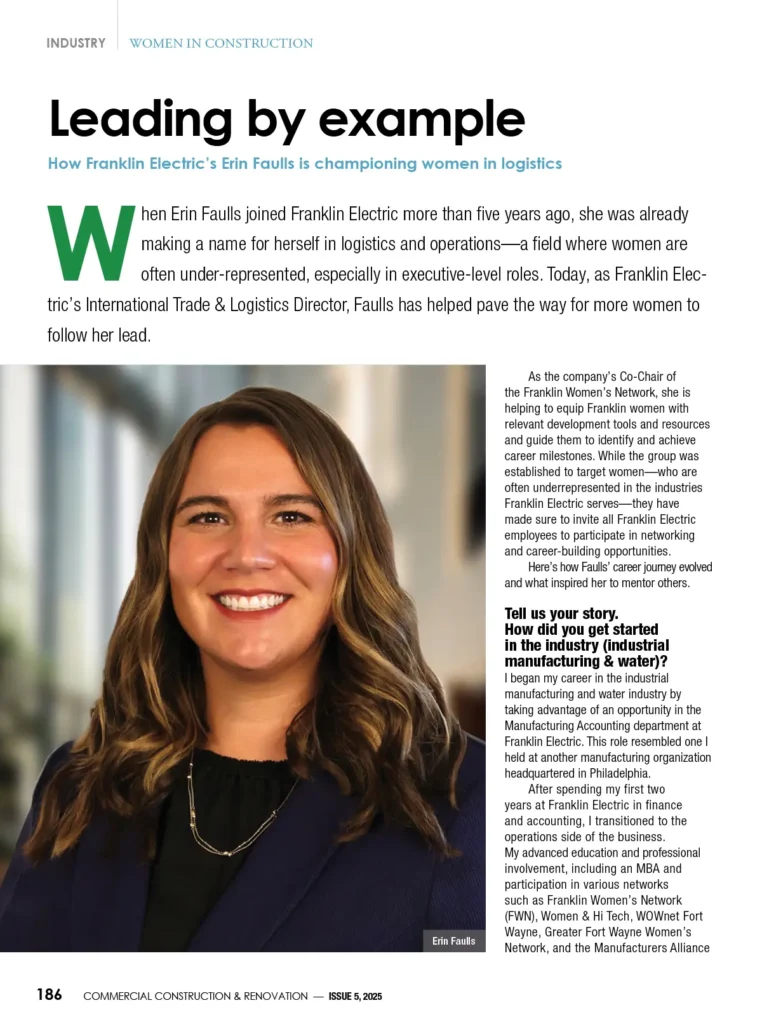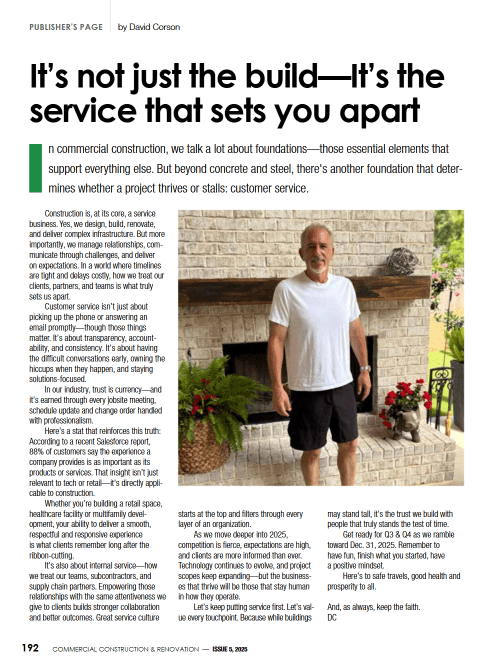What is the outlook and the top trends for P&C in 2022?
The global pandemic, growing concerns over climate change, supply chain challenges and cyber risk have resulted in increased claims and a focus on coverage costs for businesses across industries. Behavioral adjustments will be key to tackling mega risk trends in 2022.
The market is moving away from transactional coverage and more toward co-management of risk. Understanding these megatrends and the risk management solutions that allow business owners to position themselves positively with underwriters will be critical.
Mike Chapman is the National Director of Commercial Markets for global insurance brokerage Hub International. I can set you up with an interview to discuss the keys to secure coverage in 2022.
Here is what Mike says to expect this year from the P&C market:
- Climate change — and natural catastrophes — are here to stay.
Climate change has forever modified the way catastrophes are viewed by the insurance industry. With 19, $1 billion weather disasters in the U.S. in 2021, natural catastrophes such as wildfires, floods, tornados and hurricanes are no longer considered unanticipated events.
Worldwide, weather conditions slammed farms and food manufacturers, reducing yields in the northern U.S. and southern Canada, damaging crops and affecting livestock and meat processing across the globe.
For real estate owners, it’s becoming difficult to find invulnerable locations. Properties built on hills to avoid wildfires or miles away from the nearest flood zone are now in the path of more intense storms.
Similarly, business owners in industries including hospitality are experiencing lower tourism rates as weather disrupts operations and raises costs. As a result, P&C rates for both restaurants and lodging establishments will rise as much as 20% in 2022. Property rates for other commercial real estate facilities will rise 10% or more in the coming year as well.
To combat these issues, insurance companies want businesses to use enhanced warning and predictive systems such as catastrophe (CAT) modeling and more resistant construction materials. While storms are now more foreseeable, they are still out of human control; therefore, a strong risk management solution includes a thorough post-loss response plan for recovery and resuming operations.
- Risk of cyber threats will continue to rise across industries.
While increased reliance on technology has helped improve operations across industries, it has also increased every business’ cyber risk.
In the second quarter of 2021, attempted online fraud in the hospitality sector rose 156% year-over-year. Cyberattacks against large food manufacturers halted production and led to shortages across the U.S. And the cannabis sector has opened up a new market for cyber criminals in an industry where 60% of businesses say they haven’t taken the necessary steps to prevent a cyberattack.
As cyberattacks become more commonplace, cyber insurance rates are rising – to the tune of 20 to 30%. Brokers are partnering with vendors and insurance carriers to address this through risk management solutions. These include improving network defenses, multi-factor authentication, employee training, and third-party vendor security audits.
- Supply chain disruptions have become a way of life.
By the end of 2021, supply chain disruptions were commonplace. Labor shortages instigated by the pandemic, shifts in worker interests and consumer habits made it difficult for businesses to deliver products, materials and other goods quickly and inexpensively.
In the construction industry, material shortages interrupted cash flow, affecting project costs, timing and budgets. Expect construction coverage costs to rise for this and other reasons between 5 and 35%, depending on project size, with larger, more risk-prone projects at the higher end.
For short-haul drivers simply getting out of a port with cargo has become an administrative and bureaucratic nightmare. Coverage for courier and delivery fleet will increase by 25% or more.
The key to mitigating these issues in 2022 will come down to resilience: creating materials reserves and developing backup suppliers. It’s also important to establish local and regional supplier relationships to avoid reliance on foreign-made supplies bottlenecked at ports. Risk tech tools like HUBDrive Online will help fleet operators track, collect and store data, which will ultimately, reduce their risk.
- Employers will adapt to new worker expectations.
It has never been more difficult to attract and retain quality employees, and pandemic-related challenges have created different expectations for the work environment. A strong stock market and aging population is also pushing “intellectual capital” in trade into retirement.
Vaccine hesitancy is also squeezing labor markets, while leading to a rise of workers’ compensation claims in the healthcare sector. Although WC premiums are expected to remain flat in 2022, the challenge will be at the worker level, as remaining staff will have to work longer hours to make up for their fellow employees.
To combat this challenge, brokers can offer employers improved pay, they can expand their extended benefits programs with perks such as paid apprenticeship training programs, vocational skills training programs, and mental health services.









